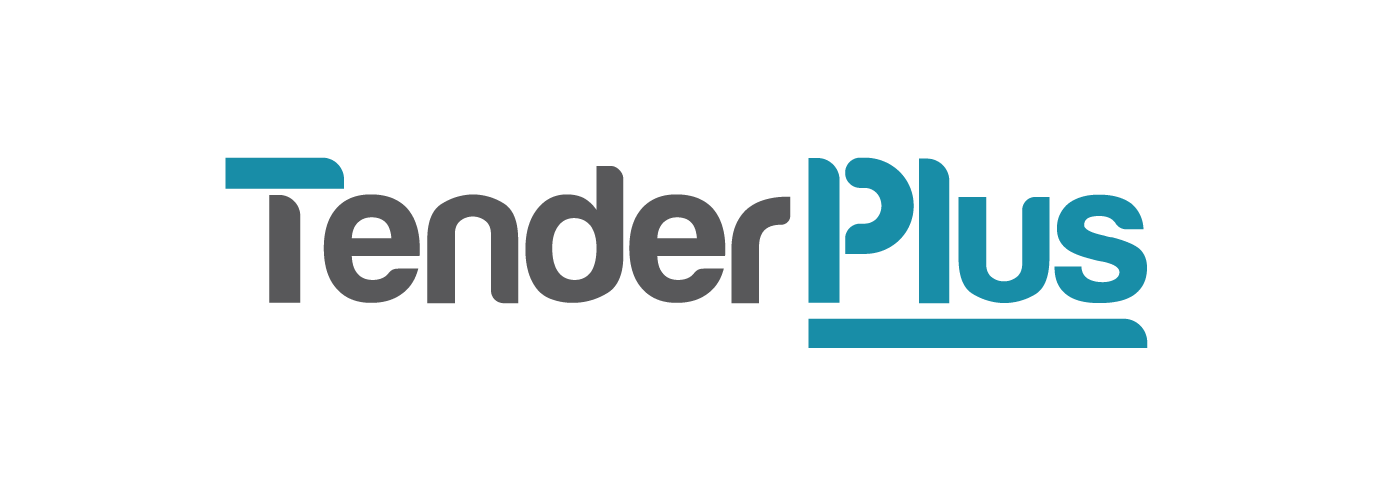Making collaboration work
By Chelsea Steele, Senior Tender Specialist, Brisbane.
When researching this blog I read a proposal guide that said, “any activity that adversely impacts the objective (of winning competitive business) must be identified and eliminated or managed.” Eliminated? How quick and easy does that sound? Almost surgical.
But we that live and breathe tenders know that’s an impossible task. The tender team is a fusion of different communication styles, ways of working and skill levels. So, the laws of probability will find there’s one (or two, or multiple contributors!) that prefer to do things their way, rather than follow the process. Nevertheless, to win a bid, everyone has to play their part and collaborate in an effective manner for maximum productivity.
If I could call out one key component to lift your collaboration game, it’s that all team members across all departments stay working in the shared project platform throughout the whole tender. Right ‘till that submit button is clicked. Having everyone working in the one cloud-based workspace (such as SharePoint) is a factor that will help your team streamline and simplify a more efficient tender process. Any deviation to this process is when hiccups can occur, causing unneeded complications when the clock is ticking.
To give you an idea, deviations can look like:
Sending your response content to the tender manager in the body of an email
Checking out the document in SharePoint
Writing your response draft in a Word document and saving it to your local drive on your computer
When team members work outside the shared project platform, it can prevent the wider tender team from having access to the documents and block visibility to track progress. This will restrict other authors from editing or developing their content and their contribution to the overall narrative. Meaning any silo-style of working amongst the team will disable the collaborative effort that tender submissions critically rely on, delay the documents from progressing and worst case scenario, put the entire tender behind schedule (Read more about silos).
Here are a few more benefits of cloud-based work platforms:
Access for internal and external stakeholders
Everyone who is invited to the shared project platform within your organisation and outside of your organisation can simultaneously access the documents they need, when they need them. This is essential to keep the cogs of the tender machine turning to meet the multitude of programme deadlines.
Version control can be managed
All the writing, updating, and collaborating on documents with your team members is being synchronised to create one master document. If documents are taken offline and saved on local drives, this will only cause confusion amongst the team and create a greater risk for errors, duplicates, and rework.
Clarity on master documents
A well-structured and simple level folder system within the shared workspace will create clarity on where the master documents are saved and provide assurance to the team that these are the correct documents to work on.
Issues can be quicker to address
Because the documents are being shared and edited in real time by a multitude of contributors, the bigger picture of the narrative, and importantly if it’s consistent or not, is clearer. Gaps in the content are then easier to identify and resolve more swiftly.
We all want the same result in the end – a winning proposal submitted on time. The above are just some examples that demonstrate how using a cloud-based work platform can support your tender team’s organisation, time management and one team approach to deliver and win competitive business.
